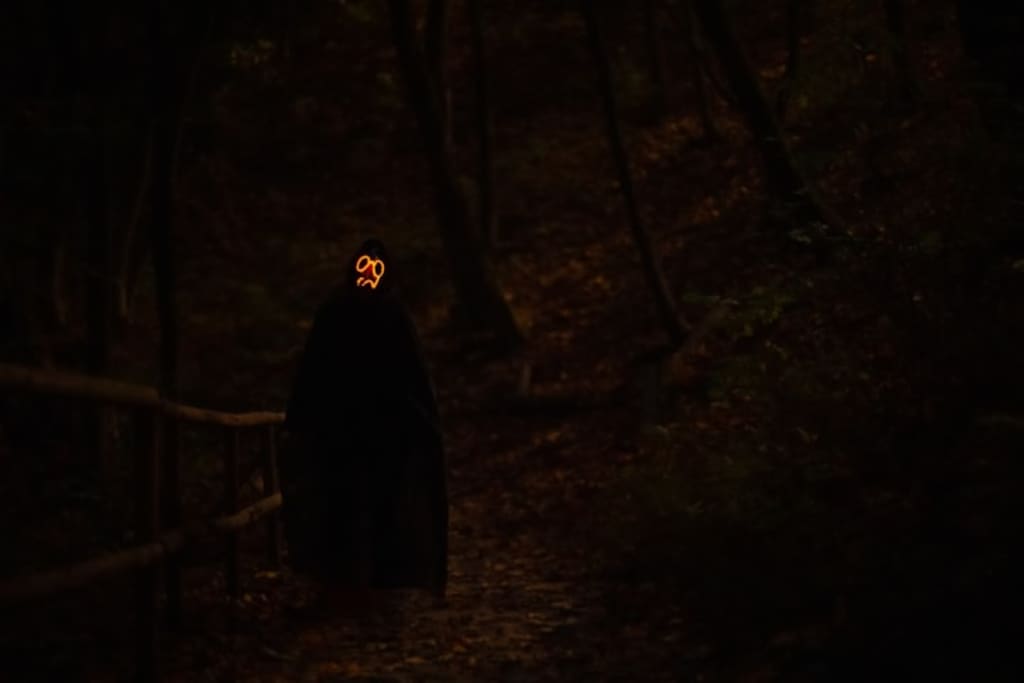
For 59-year-old Victor Sharrah, the terrifying symptoms began on a winter day in Nashville.
“I just woke up and was sitting on the couch watching TV when my roommate came into the room, and (looking at him) I’m like, ‘What am I seeing?’ Then his girlfriend walked in and her face was the same,”.
Each of the once-familiar faces had a grotesque grimace, elongated eyes and deeply etched scars. When turned to the side, pointy ears suddenly appeared, he said, much like those of Spock, the Vulcan first officer on the USS Enterprise in Star Trek.
“I tried to explain to my roommate what I was seeing, and he thought I was nuts. Then I went outside and all of the faces of people I saw were distorted and still are,” Sharrah said.
“It’s like staring at demons,” he added. “Imagine waking up one morning and suddenly everybody in the world looks like a creature in a horror movie.”
Sharrah has a rare condition called prosopometamorphopsia, or PMO, in which parts of the faces of other people appear distorted in shape, texture, position or color. Objects and other parts of a person’s body, however, typically remain undisturbed.
“I helped create a computer-generated 2D picture of what I see in faces, but there’s so much more to it,” said Sharrah, speaking about research on his case that was published in the “Clinical Pictures” section of The Lancet Thursday.
“What people don’t understand from a picture is that the distorted face is moving, contorting, talking to you, making facial gestures,” he added. “It does kind of distance me from other people a bit. I try not to let it because I know what it is, it’s PMO. Yet I still feel like I’m not getting as close to people as I used to.”
All types of distortions
Prosopometamorphopsia is different from “face blindness,” the condition shared by actor Brad Pitt, former Colorado governor John Hickenlooper, renowned neurologist Dr. Oliver Sacks, Sweden’s Crown Princess Victoria and perhaps as many as 1 in 50 people. In face blindness, faces are not distorted; instead the brain simply has trouble recognizing faces, even familiar faces making nearly everyone a stranger.
With PMO, however, a person will often have little trouble recognizing a loved one or familiar face, yet that face will be distorted, often in predictable ways.
“For me the basic distortions are the same for each person, with the lines in the face, the stretching of the eyes and the mouth, and the pointy ears,” Sharrah said. “But the size and shape of a person’s face or head and how they move can be different and change just how distorted they might be.”
Some people with PMO see their own faces as distorted or even damaged. Two patients, “while standing in front of the mirror, saw one eye popping out of its socket and slithering down the cheek,” according to an April 2023 review of literature.
For others with the condition, like Victor, the entire face of another person appears misshapen, much like a “funhouse mirror,” according to a description in another published case study. Others see only half the face as crooked or malformed.
After a tumor was removed from the left side of his brain, one patient described the right side of his doctor’s face in which the “eye became a ghastly staring hole, cheek bone a cavity; he had teeth on the upper lip, often had two ears.” Others with PMO have eloquently described faces as “like clocks in a Dalí painting” or “kaleidoscopically changing.”
Still others have seen faces morph into dragons or fish heads, or ears pop out of the top of people’s heads. Some patients report seeing shortened arms attached to faces, people’s eyes leaving the skull and rotating in front of it, or third eyes in the middle of people’s foreheads.
“The woman who saw dragons began seeing them as a child, so there are development cases of PMO in which people grow up with the condition and don’t know that faces are supposed to look different,” said Brad Duchaine, a professor of psychological and brain sciences at Dartmouth College in Hanover, New Hampshire.
Only 81 cases of PMO exist in published literature, according to a June 2021 review, but there are likely many more people living with the condition, said Duchaine, the senior author on the Lancet case study.
“We started a website so people can learn about PMO, and we’ve heard from at least 80 people so far,” he said. “And we’re finding that people from around the world are reporting the same symptoms without knowing anything about others with the condition.”
About the Creator
Sajan ali
hey, my name is sajan ali. I provide you good stories and poets. my writes are good and they all are about any story , buissness ,on history etc






Comments (2)
dangerous
f what a dangerous disorder.